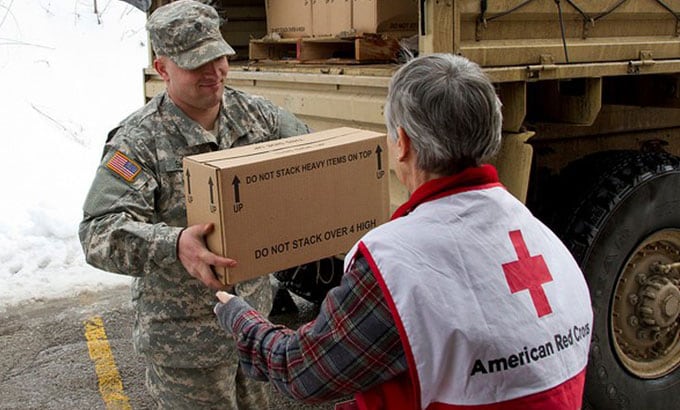Caring for the Chronically Ill During Emergencies
In both early 2015 and 2016, two major winter storms, Octavia and Jonas, led to a state of emergency in many counties in Kentucky, with road closures that included major interstates. During these storms, the Kentucky Department for Public Health was able to continue caring for vulnerable patients, because they had established state and local public health emergency expertise and had relationships in place with partners such as law enforcement and were able to work together to mitigate the health effects of life-threatening emergencies.
In both of these snowstorms, transportation was one of the most pressing issues due to road closures. Roads were impassable, leaving people stuck on the interstate with very few options in case of an emergency, such as needing to get to the hospital for an organ transplant. It meant that medical professionals struggled to make it to their workplaces. And, perhaps most urgent of all, it meant that dialysis patients and patients with other chronic healthcare needs found it difficult or impossible to receive care.
At the state level, PHEP-funded health department staff worked tirelessly to mitigate those issues. They built a health alert network to identify patients in need of care, and worked with the emergency management system to transport patients to nearby hospitals. They also worked with the Kentucky Pharmacy Association to pass an executive order allowing pharmacists to provide advance prescription refills and emergency supplies in the days leading up to a storm.
Following the 2015 storm, local health departments began developing their own plans to assist chronically ill patients during an emergency. A region in eastern Kentucky used PHEP funds to develop a plan that would use the expertise of 22 private companies such as medical supply distributers, dialysis centers, and home health providers. These companies, which already had established relationships with the patients in need, would remain in contact with their clients during an emergency, providing them with life-saving information, and reporting their needs back to the health center. In a test of this system involving information about influenza vaccination, 86 percent of vulnerable residents in the district were contacted within one hour, and one vaccine distribution center stated that 25 people who had come in for a flu shot mentioned hearing about it through the program.

During two winter storms, the Kentucky Department for Public Health worked with local partners to care for vulnerable and chronically ill residents.
The Incident
In 2015 and 2016, two winter storms highlighted the need to ensure care for chronically ill residents.
The Response
To meet this need, the state and local health departments developed systems that used the resources of private partners to monitor and provide care for vulnerable residents during an emergency.
The Outcomes
During these incidents, state and local partners identified vulnerable patients and transported them to care centers. Due to the developed and tested systems, Kentucky can ensure care of vulnerable residents emergencies.